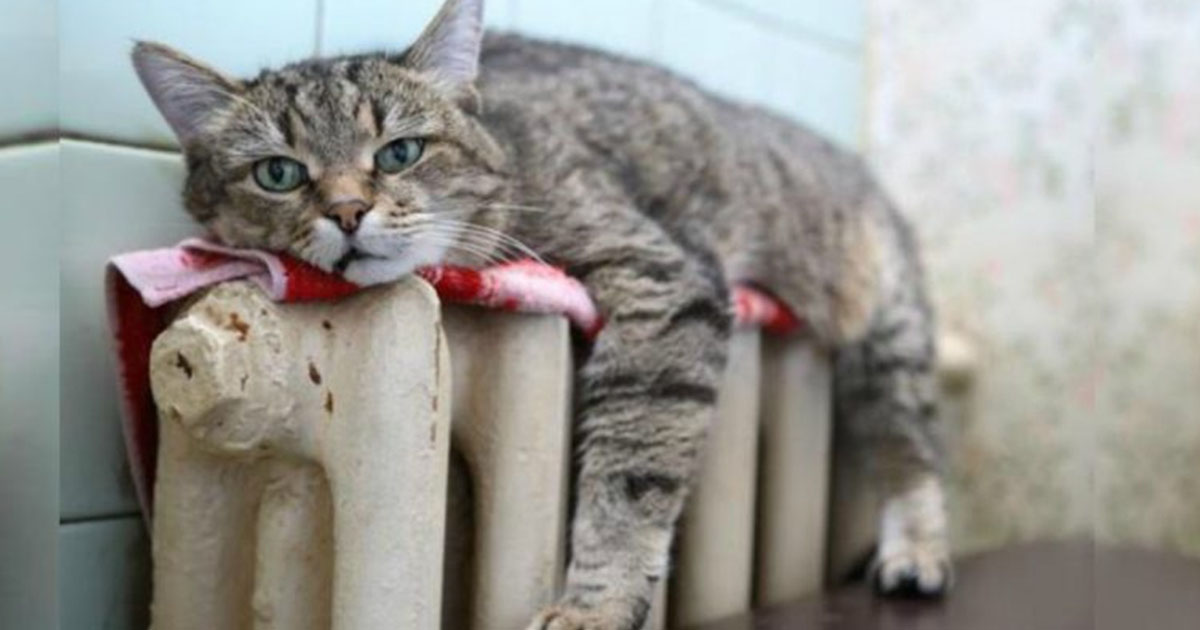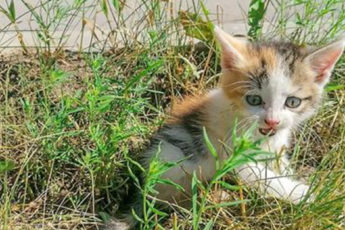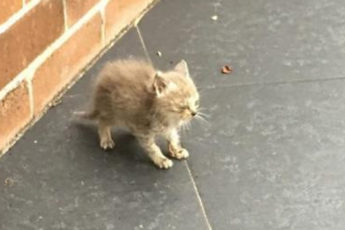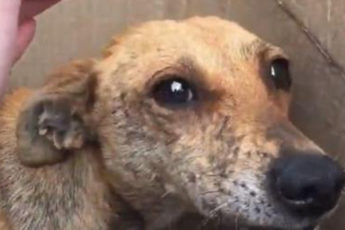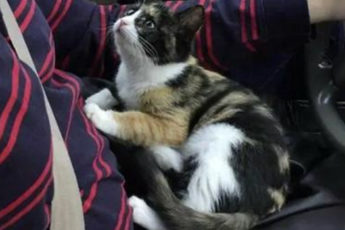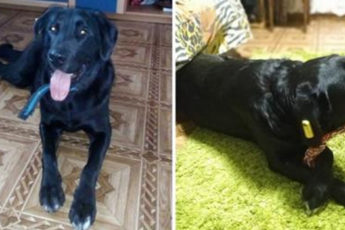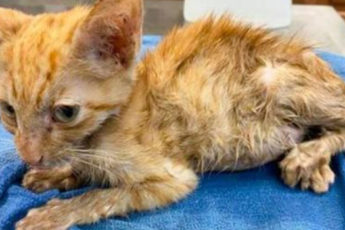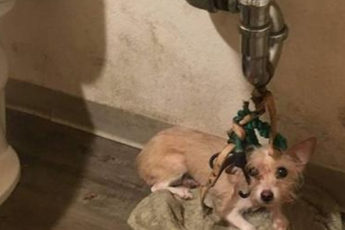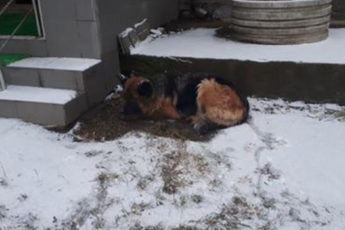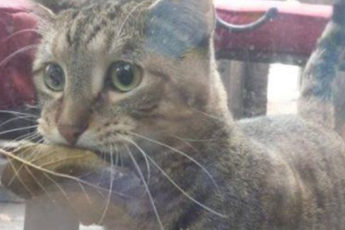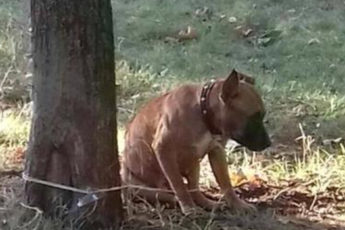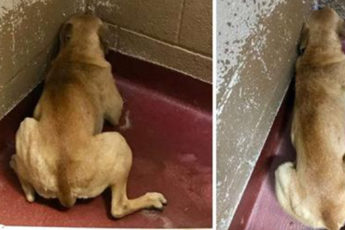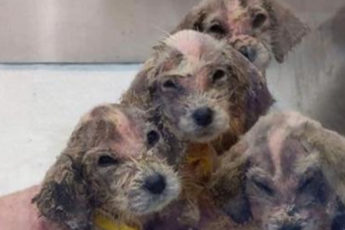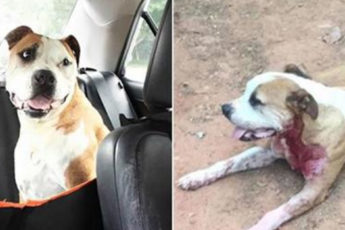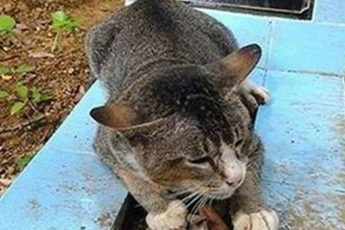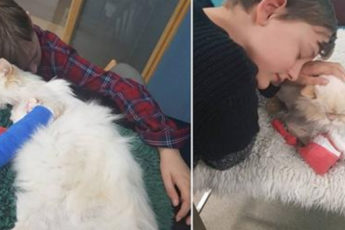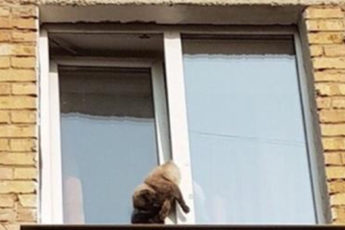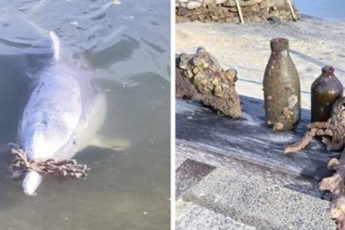Our veterinary expert Galina shares her experience.
One day in the winter…
From my practice. A normal working day at the veterinary clinic, outside the window it is winter, blizzards, visitors come in all covered in snow.
And then two girls show up, one of them has a little white lump in her arms. They found a kitten in the snow, with ice on its whiskers and fur, it will not melt even in the warmth of the clinic! We check the temperature – it’s not picking up with a thermometer.

The doctors warned at once: even if they tried to pump him out, he might not survive, but the girls decided to stand firm to the end.
The kitten was so small that the doctors were not immediately able to put him on an IV. But in the end, the almost hot solution did the trick, and in half an hour the kitten began to lift its head and flounder!
A full recovery took several days. At first the kitten could not walk properly, and the new owners fed and watered it from their hands. But every day the kitten felt better and better, and within a week he was eating for three and running around his new home like a rocket.
Now he must be a big cat and live a happy life. I wish there were more kind people like that in the world).
How do you save a frozen animal?

Rescuing a frozen animal may depend on the type of animal, where it was found, and its condition. In general, however, there are a few general guidelines that can help rescue a frozen animal:
Stay calm and don’t panic. This will allow you to make rational decisions and not injure the animal. Check for the animal’s pulse and breathing. If they are not, immediate resuscitation is necessary. Cardiopulmonary resuscitation (CPR) can be used for this purpose:
Lay the animal on a hard surface on its back.
Open the animal’s mouth and check for airway obstruction. Gently pull the animal’s tongue out so that it does not obstruct the airway.
Close the animal’s mouth and blow air into the lungs through the animal’s nose or mouth. To do this, close the animal’s mouth with your mouth and blow air into the animal’s nose or mouth. Do this for 2-3 seconds.
Check for a pulse on the carotid artery on the animal’s neck. If there is no pulse, start compressions on the animal’s chest.
For compressions, place the palm of your hand on the middle of the animal’s rib cage, above the heart. Start doing chest compressions, pressing and releasing 100-120 times per minute.
Alternate air inflation and chest compressions according to the following proportions: 2 air inflations per 30 chest compressions.
Continue CPR until the animal is breathing and has a pulse.
Move the animal to a warm place. This may be indoors, in a car with the heat on, or in another warm place. Do not try to warm the animal too quickly or with hot water or guns.
Wrap the animal in a blanket or other warm cloth to keep it warm. Place it near a heater, radiator, any warm place. You can try making warmers: put hot water in a bottle or rubber glove and tie it up. Place them on all sides of the animal and wrap them all together in a towel, plaid, etc.

As he warms up a bit – rub his paws with a cloth. When he begins to come to himself, flounder, raise his head – you can try to give him a small amount of warm water from a syringe (because it is unlikely that the pet can drink itself). If he won’t swallow, leave him alone and let him warm up.
When he’s more or less sure to walk around the house, offer him a dish with warm water and warm, soft or liquid food (milk, pate). Don’t give much to eat or drink at first, only small portions every 2-3 hours and gradually increase the portions.
Ask your veterinarian for help. The veterinarian will be able to assess your pet’s condition, make recommendations on treatment, and carry out the necessary procedures.
If your pet has enough strength, he’ll get better!
Have you ever rescued a pet?
